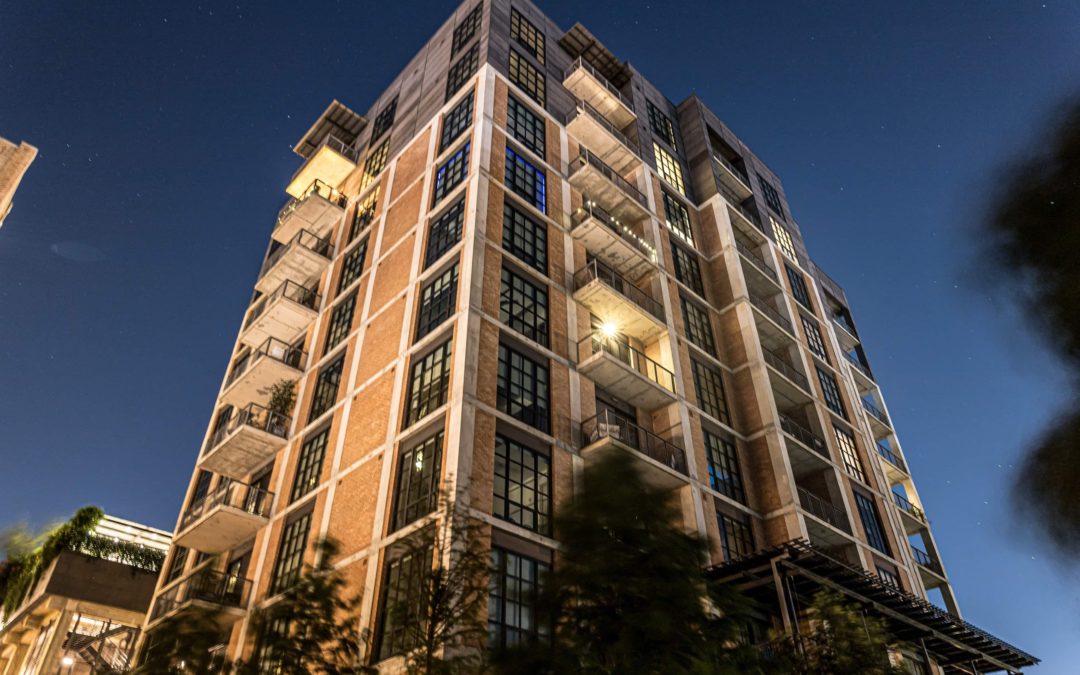Oliver Wendell Holmes, Jr. stated that: “Whatever disagreement there may be as to the scope of the phrase “due process of law” there can be no doubt that it embraces the fundamental conception of a fair trial, with opportunity to be heard.” The following is how “due process” plays out in the context of disputes within condominium and homeowners’ associations?
Due Process Procedures in Associations
- Communicate the Violation to the Association
When disputes arise in an association, there are different ways in which the member of the Association can obtain an opportunity to be heard. The first step in that process for an Association member is to communicate to the Association (either directly to the Board or, if there is a professional community association manager involved, to that manager) what is occurring that you believe is a violation of association law or a violation of the governing documents of the Association. There may be specific channels of communication stated in your governing documents (CCRs, Bylaws, Rules & Regulations, Guidelines) that may require you to direct communications regarding violations to certain people or committees.
- Investigation and Decision-Making By Committees or the Board
The Association should then investigate the alleged violations, make a decision regarding whether it has found a violation or not, and then communicate the decision to you. This should include a notice that you have a right to a hearing to dispute/appeal the decision. While such an appeals hearing often results in the Board or committee making the same decision it did in its original ruling, you must jump through this administrative hoop in order to pursue the matter in an arbitration or in court.
- Mediation/Arbitration/Litigation
Your Association’s governing documents may require that you attempt to negotiate or mediate a matter before putting the dispute before a decision-maker, whether that be an arbitrator or a judge/jury. As such, a thorough review of your governing documents should be conducted by someone who understands the language used in such governing documents. An attorney versed in this area of the law is recommended.
- Mediation is a facilitated negotiation, during which a mediator, usually a neutral attorney/retired judge, assists the parties in trying to reach a compromise that both sides can live with. The mediator does not have the power to order anyone to accept a particular compromise. As such, if one wants to bear the risk (and cost) of not prevailing in an arbitration or a litigation, you can walk away from a mediation without the dispute being resolved. If that is the case, then the next stop is either arbitration or litigation.
- Litigation is what is commonly referred to as “going to court.” A lawsuit is filed, discovery efforts are undertaken, motions are made and, if the matter has not been resolved along this year-plus timeline, then a trial is held before a judge, with either that judge acting as both the decider of the law and the decider of the facts (“a bench trial”), or the trial being held as a jury trial, in which the judge decides the legal issues, while a jury will decide on which facts it believes have been proven and which have not.
- Arbitration is similar to litigation, although it is conducted a bit less formally and at a swifter pace than litigation, and it is always either a single arbitrator acting as the judge, as described above when there is a bench trial in litigation, or multiple (usually three) arbitrators acting like a panel of judges. Arbitration is always available to parties to resolve disputes if both parties agree to it. Additionally, your governing documents may require it as the forum in which all disputes are to be resolved related to association matters, thereby excluding the use of the court system as the final dispute resolution tool. While arbitration can be a less expensive way to resolve a matter, it depends on many factors, such as how the arbitrator is chosen, what level of discovery is allowed, and what kind of motion practice is allowed.
Whichever method of dispute resolution is chosen, one can always settle a matter along the way, and I encourage you to always try to settle a matter if it is possible. Given that you live next to, below, above, or in proximity to the allegedly violating property owner, and/or the people who make up the Association Board or committee, the concept of a “tranquil home” should always be kept in mind when finding a way to resolve a dispute; even if you “win” a particular dispute, guess who is still living next door to you or above you, etc. Going home to the refuge from the world that you have purchased can be undermined when there is tension with the neighbors around you.
Conclusion
In order to resolve disputes in your association, make sure you understand both your rights and your obligations to obtain due process and the corresponding “fair trial, with opportunity to be heard” in your association.

Recent Comments